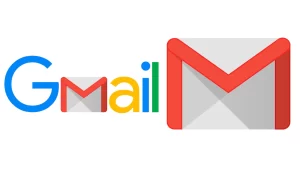Table of Contents
Starting in April, Google has issued new guidelines for senders of mass emails to Gmail users. The company warns that message rejections will increase for unwanted mass emails unless they adhere to these guidelines.


The new rules aim to protect Gmail users from unsolicited or unwanted emails.

Join our Telegram Channel for Updates
Google plans to reject a percentage of non-compliant email traffic gradually, starting in April. The rejection rate will increase over time. For example, if 75% of email traffic complies with the new guidelines, a percentage of the remaining non-compliant 25% will be rejected. The exact percentage of rejection is yet to be specified.
Google emphasizes that the enforcement of these rules will be gradual and progressive. Temporary errors on a small percentage of non-compliant email traffic have already been implemented this month. Bulk senders have until June 1 to implement one-click unsubscribe in all commercial and promotional messages.
These changes will specifically impact bulk emails sent to personal Gmail accounts.
Senders who dispatch at least 5,000 messages a day to Gmail accounts must authenticate outgoing emails and avoid sending unwanted or unsolicited emails.
The 5,000 message limit is calculated based on emails sent from the same primary domain, irrespective of subdomains. Once the limit is reached, the domain is considered a permanent bulk sender.
These guidelines do not apply to messages sent to Google Workspace accounts, but all senders, including those using Google Workspace, must meet the new requirements.
The new guidelines for mass email senders to Gmail users are being implemented to enhance sender-side security and give users more control over their inboxes.
Google aims to increase trust between senders and recipients by ensuring that the sender’s identity is verified, reducing the risk of phishing attacks that often exploit authentication vulnerabilities.
Meeting these requirements is expected to help senders reach their intended audience more effectively while minimizing the risk of spoofing and hijacking by malicious actors. The focus is on creating a more secure and trustworthy email environment for Gmail users.









